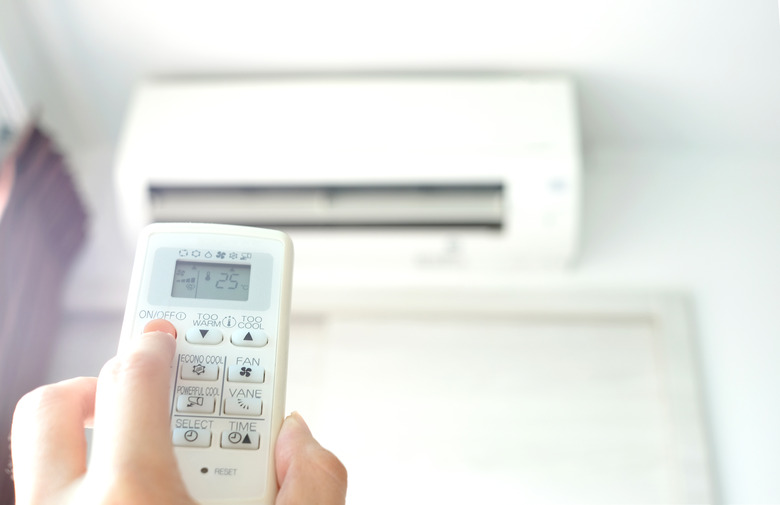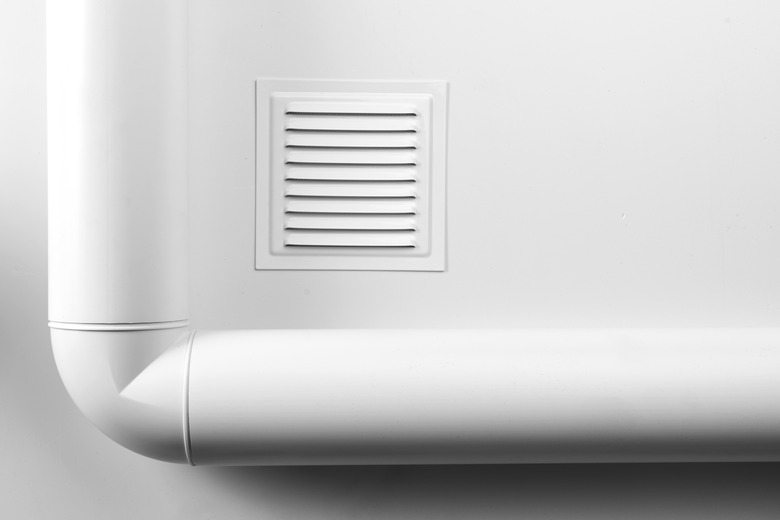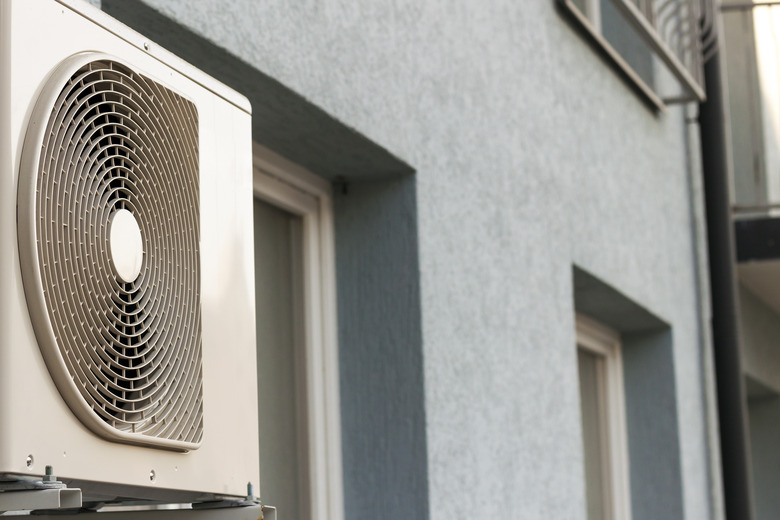What Does The Term "HVAC" Mean?
HVAC is an acronym that stands for heating, ventilation and air conditioning. While HVAC systems vary greatly from one to the next, the term usually refers to all the linked components that pertain to indoor air-temperature and air-quality regulation. Ductwork, vents and air filtration devices are part of the HVAC system, as are the thermostats and other controls connected to the setup. Used more broadly, the term is also sometimes used to include individual portable appliances that serve heating, cooling, and ventilation needs.
The Heating Components
The Heating Components
The portion of an HVAC system responsible for heat could include a furnace or a boiler. A furnace heats air and blows it through ductwork in your home, while a boiler heats water that flows through specialized pipes or radiator-like devices, warming the home with radiant heat rather than blowing air. A furnace-based unit also has one or more air filters that must be cleaned and changed regularly to keep the system running efficiently. The ducts may also require cleaning every few years, particularly if pet dander is a concern, or if you notice dirt or debris blowing out of the vents.
With many modern forced-air or furnace-based systems, the heating and air conditioning components may be within the same housing, especially with new home construction. This means both heating and cooling can share the same ductwork, filters, and temperature-control systems.
Ventilating a Home
Ventilating a Home
Both forced-air heat and non-portable air-conditioning units require ductwork and vents to deliver the warmed or cooled air into various places in the home. Ducts, hidden in the walls, floors and ceilings serve as the tubes that deliver air to and retrieve air from various forms of vents, registers and air-return ports. This "V" portion of the HVAC acronym also refers to any devices used to keep the air within the home fresh and as clean as possible. Different forms of air purifiers, which can be built into an HVAC system or purchased separately as add-on or even freestanding devices, serve different purposes. A purifier using HEPA, or a high energy particulate air filter, removes even the tiniest particles from the air. A carbon-activated filter system helps remove odors such as cigarette smoke. True air purifiers rely on ultraviolet light or electrostatic energy to cleanse the air by either killing bacteria with light or by capturing fine particles through static electricity.
Air Conditioning Systems
Air Conditioning Systems
In terms of HVAC systems, the air-conditioning portion usually refers to permanent or non-portable air conditioners used to cool your home's air. In a central-air system, cooled air is delivered through ductwork through vents in various locations throughout a home. A split-system air conditioner, which includes most central air setups, has the air conditioner or heat pump unit outdoors, with a separate air handler or heating unit inside. Some companies even offer a solar component to harness the sun's energy to cut down on energy expenses. Portable air conditioners, window units and small split-system air conditioners used to cool just a room or two also fall under the broader HVAC umbrella.
A heat pump, which can serve as either air conditioner or heater, offers a compact way to control the climate in a room. Many of the wall-unit devices found in hotel rooms are heat pumps, offering temperature control via either a wall-mounted thermostat or an onboard control panel, adjustable by the room occupant.
Other HVAC Components
Other HVAC Components
Climate control devices such as a thermostat or humidistat are also part of an HVAC system. Smart-home setups, allowing control of indoor climate via a mobile device, are also offered by some HVAC companies and big-box home-improvement centers. Dehumidifiers, free-standing air purifiers and even ceiling fans may be considered HVAC devices, although the term HVAC typically refers to the main heating and cooling system within a home, along with its many parts.
References
- Filter Easy: What is HVAC?
- Scott-Lee Heating Company: What Does A Complete Residential HVAC System Consist Of?
- Arista Air Conditioning Group: What Does an HVAC Air Purifier Do?
- United States Environmental Protection Agency: Should You Have the Air Ducts in Your Home Cleaned?
- HVAC.com: Understanding Your HVAC system


